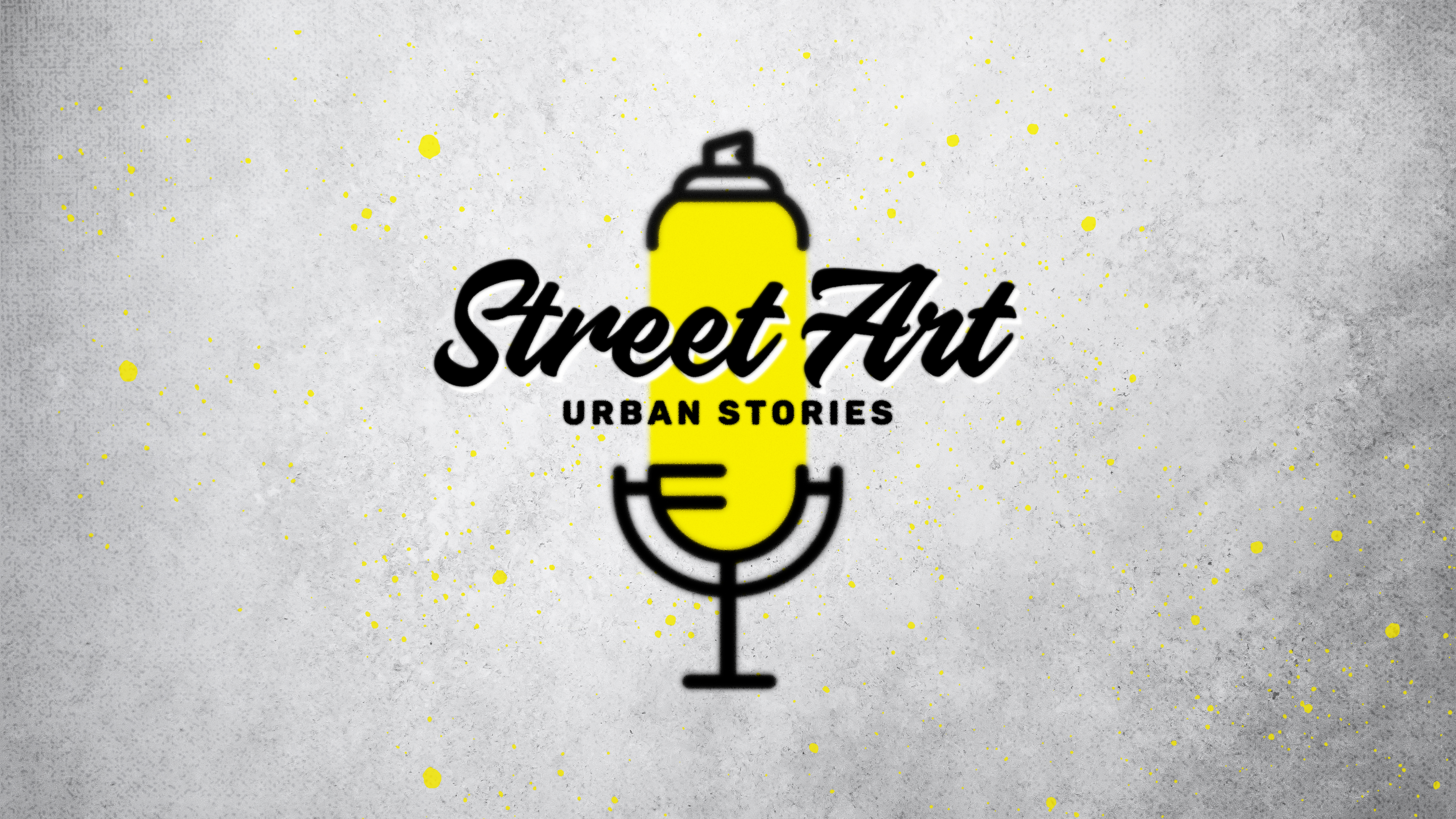
In the new episode of Street Art: Urban Stories, we dive into one of the most iconic and fascinating aspects of urban art: muralism. An ancient practice dating back to the dawn of humanity, muralism today returns as a powerful tool for transforming public spaces, telling collective stories, and regenerating the urban fabric.
Guiding us on this journey is Alice Pasquini, a world-renowned visual artist who has made the wall her main expressive medium, bringing her unmistakable language to cities around the globe.
From Cave Paintings to Mexican Muralism: A Millennia-Long Story
Mural art has its roots in the oldest forms of visual communication: from prehistoric cave paintings to the great narrative cycles of medieval churches. But it was in the 20th century, with Mexican Muralism, that murals took on a new political and social significance. Artists like Diego Rivera, José Clemente Orozco, and David Alfaro Siqueiros transformed city walls into enormous public narratives, capable of speaking directly to the people, recounting social struggles, daily life, and dreams of emancipation.
Today, that same energy comes alive again through the works of contemporary muralists like Alice Pasquini, who carries on the tradition with a deeply human and modern perspective.
Murals as a Mirror of Society
For Alice Pasquini, the wall is an open space for dialogue. Her artworks depict intimate, poetic scenes often focused on human relationships, female identity, childhood, and memory. Her murals don’t shout—they whisper, suggesting emotion, reflection, and possibility.
As she explains in the episode, every wall has its own story, and every neighborhood its own identity: to paint a wall means to respect it, to listen, and then to enrich it with a visual message that can engage the local community.
In a time when cities risk becoming all alike, muralism brings back uniqueness, color, and memory to the places we inhabit. It is public art—free, accessible, and inclusive—and it is precisely this inclusivity that gives it strength.
Urban Regeneration and Social Responsibility
In recent years, muralism has also become a powerful tool for urban regeneration: artistic interventions can restore dignity and beauty to marginalized neighborhoods, foster a sense of belonging, and stimulate civic participation.
Alice Pasquini emphasizes that the artist, in these contexts, also becomes a cultural mediator: painting a wall in a public space means building a relationship with those who live that place every day. It means leaving a mark—but also being ready to listen.
The result is an art form that not only beautifies, but activates, connects, and transforms.
The Wall as a Universal Canvas
Alice Pasquini’s experience reminds us that a wall is much more than just a surface: it is a collective canvas, an open territory where art meets life. Through muralism, the artist not only expresses herself but gives voice to entire communities, creating connections between past and present, between individuals and society.
In our times—marked by environmental, social, and identity crises—mural art can be a form of poetic resistance and a way to care for the urban landscape.
It is an invitation to see cities through new eyes, to read the walls as pages of a shared story.
Listen to the full episode of "Street Art and Urban Stories" with Alice Pasquini, now available on all major platforms.
A unique opportunity to discover the transformative power of muralism and the role of the artist in shaping contemporary urban imagination.




 Register
Register
